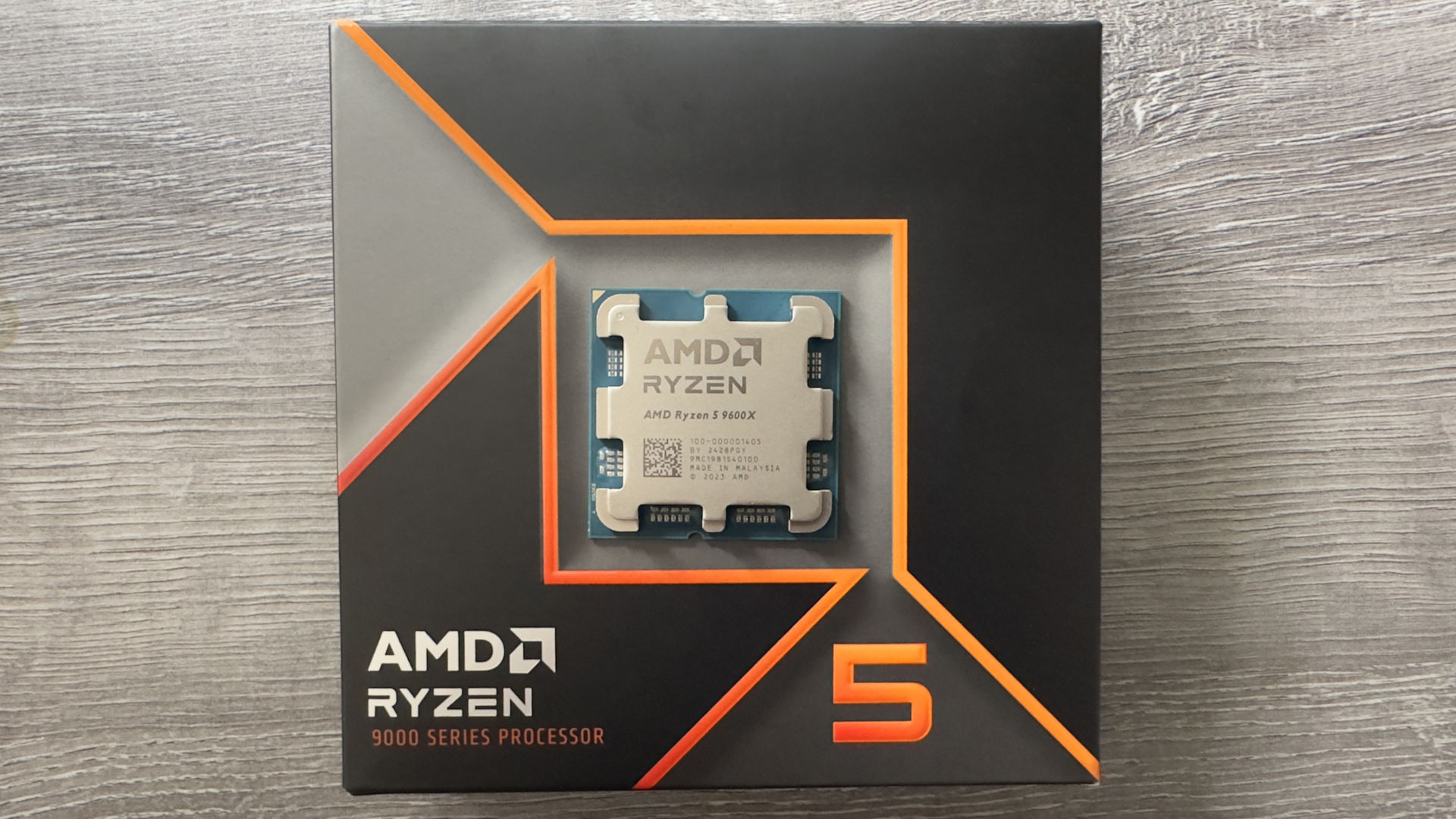
Is it possible to know how AMD Ryzen 9000-series CPUs actually perform yet? It seems like every day there's a new rumoured or actual change affecting how we should interpret the performance and value of these new processors. Right after learning that a Windows update can improve Zen 3, 4, and 5 gaming performance, we're now hearing that TDP boost modes are here for the Ryzen 5 9600X and Ryzen 7 9700X.
Judging by a UEFI screenshot from X user kuroberu (via Wccftech), who claims to have received a new BIOS from MSI, the company looks to be adding a 105 W TDP option to its latest BIOS releases for the socket AM5 platform. This should allow the 9600X and 9700X—both 65 W chips by default—to run at a higher 105 W TDP, improving performance but also presumably increasing voltages—because where there's power, there's voltage.
We'd previously heard a rumour that AMD would officially push a 105 W TDP boost for the chips in an AGESA 1.2.0.1a Patch A BIOS update, and while we've not heard any word from AMD about this, it looks like MSI might be the first to add such a boost option in an upcoming BIOS release.
According to Wccftech, this update should be packaged in the latest AGESA 1.2.0.1 BIOS release for MSI boards. Following this, the official higher TDP mode should launch with an AGESA 1.2.0.2 BIOS update, which Wccftech was told will be released in September or October.
And if this is already rolling out for MSI, we can likely expect it to roll out from other board partners thereafter, too. Which, by the way, is good news apart from any TDP tinkerings, given that the latest AGESA updates should also fix the AMD Sinkclose vulnerability, an 18-year-old deep-system flaw that millions of AMD CPUs have been vulnerable to.
Received new BIOS from MSI, with a new option "TDP to 105W" to increase TDP of Ryzen 9700X/9600X from 65W to 105W. Ryzen 9700X Cinebench R23 multi-core score : 65W: 20,409, 105W: 23,153. It's 13% faster. pic.twitter.com/mt9wh5AnJSAugust 28, 2024
We can only advise caution when messing with power limits, even if motherboard vendors are giving you an easy way to do so. After all, one of Intel's qualms with motherboard vendors was that they weren't implementing default power settings, which could have been affecting overvolting problems and causing stability issues—a fact we now know was only ever a small part of a much larger problem.
The point being: Increase such limits at your own risk.
Keep up to date with the most important stories and the best deals, as picked by the PC Gamer team.
With that warning out of the way, I must say that it would make sense if this TDP option launches officially in a future AGESA update. Our Nick's testing of the two 65 W chips showed them to be a little underwhelming on the performance front, but also very low on power draw, meaning there should be significant headroom to increase power and eke out more performance.
As for how much extra performance a 105 W TDP will net you, koroberu's X post points out that a comparison between a 65 W and 105 W 9700X in Cinebench R23's multi-threaded benchmark shows a 13% performance increase.
Coincidentally, AMD apparently told Ars Technica that the latest AMD performance-boosting (optional) Windows update could improve performance up to 13%. It'd have been nice to have these performance gains present right out the door, but like I said about the Windows update: You won't hear me complaining about free performance.
Best CPU for gaming: Top chips from Intel and AMD.
Best gaming motherboard: The right boards.
Best graphics card: Your perfect pixel-pusher awaits.
Best SSD for gaming: Get into the game first.

Jacob got his hands on a gaming PC for the first time when he was about 12 years old. He swiftly realised the local PC repair store had ripped him off with his build and vowed never to let another soul build his rig again. With this vow, Jacob the hardware junkie was born. Since then, Jacob's led a double-life as part-hardware geek, part-philosophy nerd, first working as a Hardware Writer for PCGamesN in 2020, then working towards a PhD in Philosophy for a few years (result pending a patiently awaited viva exam) while freelancing on the side for sites such as TechRadar, Pocket-lint, and yours truly, PC Gamer. Eventually, he gave up the ruthless mercenary life to join the world's #1 PC Gaming site full-time. It's definitely not an ego thing, he assures us.


